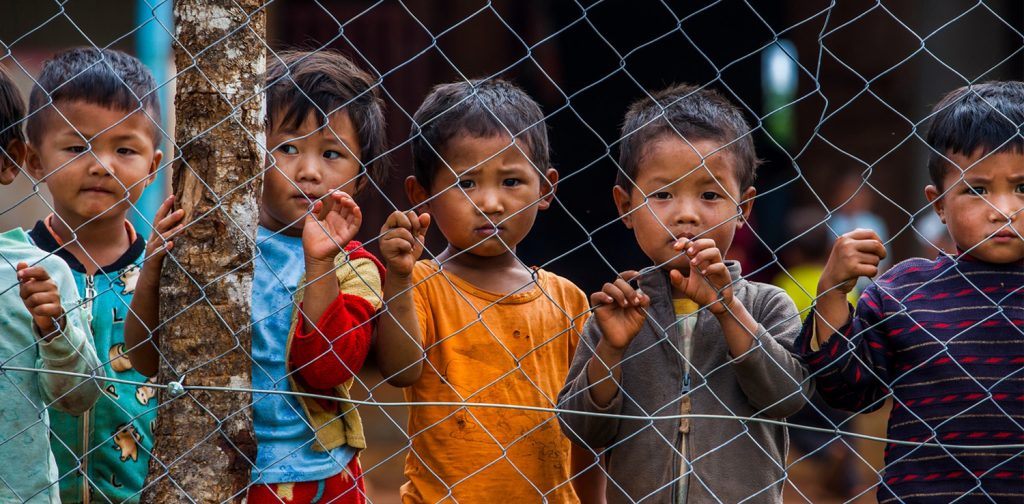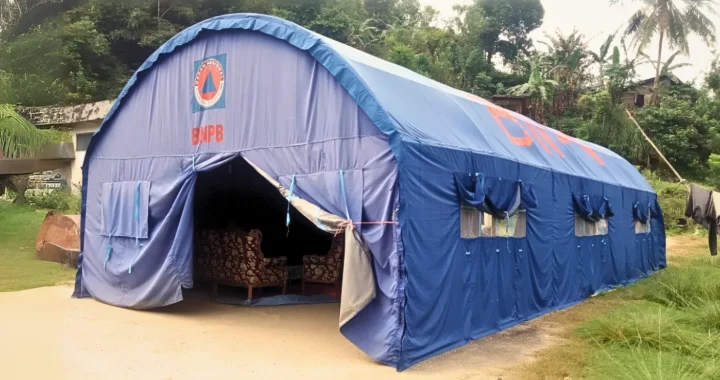Humanitarian Needs Overview 2022: Food Insecurity is Gripping Myanmar

Source: UNICEF Myanmar Facebook
The Myanmar coup that happened last year has dethroned Aung San Suu Kyi as their previously elected leader since February 1st, 2021. Since the turmoil, a prolonged crisis left on its people remains uncertain until today, with food insecurity among its younger generation as one of the biggest concerns.
The Myanmar Crisis report book: “Humanitarian Needs Overview: Myanmar” was issued by the UN in December 2021. The overview relay the humanitarian crisis that the people of Myanmar have endured through the lenses of evidence-based statistics.
The report consists of statistical data, risk examination, and continued monitoring for the needs of Myanmar people. Through numbers and insights, Humanitarian Needs Overview (HNO) calls for a global urgency, namely, Humanitarian Response Plan (HRP), to aid Myanmar to counteract the threats and risks for civilians.
The latest UN’s HNO reveals that among the 54 million of Myanmar’s total population, more than 50% live in poverty. However, the nexus of the crisis lies within these numbers: 14.4 million people living in poverty are categorized as people in humanitarian need.
According to the report, the numbers of Myanmar people in different clusters of humanitarian need are as follows:
- No education (5.4 million)
- Health problems (2.5 million)
- Malnutrition (2 million)
- Improper housing and shelter (1.7 million)
- Unclean water and sanitation (5.5 million)
- Food insecurity (13.2 million)
When divided by age, these statistics are worsened, with 5 million children under 18 years old being exposed daily to the humanitarian crisis. The remaining numbers are for adults (8.2 million) and elderly (1.2 million).
The HNO report also suggests that the relentless wave of COVID-19 and the ongoing political and socio-economic turbulence are affecting Myanmar’s domestic food markets. People are expecting a drop in food market prices, but the price projection will remain higher than the standard season.
“Yields are expected to be below normal, partly due to localized dry conditions, but especially due to the disruption of agricultural input markets, further impacting on food security,” explains the HNO report.
Understanding the scope of Myanmar people’s food insecurity, the Humanitarian Country Team (HCT) has adopted a new indicator on their analysis. By applying a vulnerability point of humanitarian need through numbers of people under food insecurity, this new methodology is suggested to be more accurate on the frames of Myanmar’s crisis.
Hence, the Myanmar 2022 HNO report has identified that food insecurity can potentially manifest in extreme malnutrition and life-threatening issues. Among the 5 million children in humanitarian need, 1.3 million children are in dire assistance of humanitarian help.
Editor: Nazalea Kusuma

Subscribe to Green Network Asia
Strengthen your personal and professional development with cross-sectoral insights on sustainability-related issues and sustainable development across the Asia Pacific and beyond.
Kamil Ghiffary
Kamil is a Contributing Author at Green Network Asia. He graduated from Universitas Indonesia with a master's degree in International Relations. He is a lecturer of International Affairs at UPN Veteran Jakarta.


 How Plant the Emirates Aims to Support Food Self-Sufficiency in the UAE
How Plant the Emirates Aims to Support Food Self-Sufficiency in the UAE  GRI’s Updated Sustainability Standards on Climate Change and Energy
GRI’s Updated Sustainability Standards on Climate Change and Energy  Looking into Biochar as a Bioremediation Agent
Looking into Biochar as a Bioremediation Agent  Australian Climate Visa for Citizens of Tuvalu: Showcasing cross-border partnership in light of the climate crisis
Australian Climate Visa for Citizens of Tuvalu: Showcasing cross-border partnership in light of the climate crisis  Nickel Mining in Raja Ampat and the Widespread Cost of Natural Resource Exploitation
Nickel Mining in Raja Ampat and the Widespread Cost of Natural Resource Exploitation  Lumbung Sosial: Challenges and Opportunities of Indonesia’s Social Barn Program
Lumbung Sosial: Challenges and Opportunities of Indonesia’s Social Barn Program